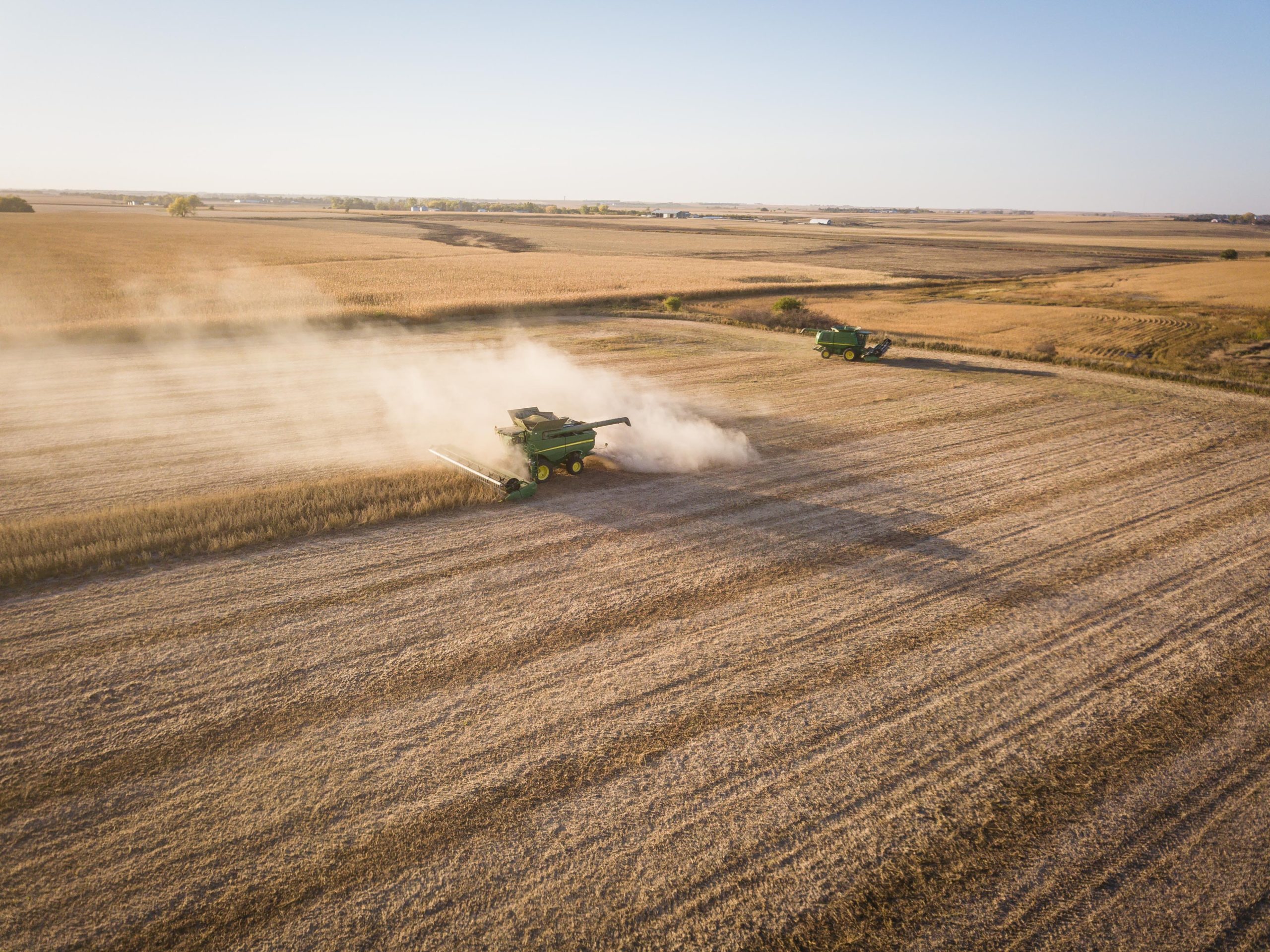Recycling food waste has never been a hotter topic than it is today. Improvements in tracking and management systems now permit a much fuller understanding of just how much waste exists in supply chains and food processing.
Poor food waste management causes a loss of natural resources, human health issues, pollution to rivers and oceans, methane emissions, and a missed opportunity to recover valuable energy, organic matter, and nutrients that are bound up in food waste.
Some of the many reasons for food being lost or wasted include bad weather, processing problems, overproduction, and unstable markets. While there are many more reasons, in this article we will take a deeper look into the alternatives to landfills that food processors and packagers have available to them to manage food byproducts so that these don’t become buried in a landfill.
What Are Some Alternatives for Recycling Food Waste?
In any processing and packaging operation, a certain amount of byproducts or waste is inevitable. Keeping that byproduct out of the landfill often comes down to available alternatives and logistics. The most common and readily available options include conversion to animal feed, anaerobic digestion, composting, and rendering. There are others that include donations to food banks and pantries. However, we will focus on food that is not otherwise fit to be consumed by humans and effectively considered a “waste.”
Animal Feed
The highest and best use for food waste is going to be the conversion to animal feed. In addition to using food waste to feed another creature, there are financial benefits associated with this option. Farmers will often use certain food wastes as a substitute for, or an amendment to, row crops such as corn or soybeans in livestock feed, usually at a discount. Typically, products that are high in carbohydrates and sugar (energy) but low in moisture are good candidates for this application. This may include bakery byproducts, candies, and confectionery goods.
Anaerobic Digestion
Next up in our hierarchy is anaerobic digestion (AD) for energy recovery. In this application, food waste and other liquids, such as dairy, would be a good application as they have a higher moisture content which is required for the AD process to work. AD is the process by which food waste is broken down to produce two primary byproducts: biogas and soil amendment (fertilizer). This process happens in the absence of oxygen in a sealed, oxygen-free tank known as an anaerobic digester. Organisms (bacteria) in the digester feed on the waste and emit methane gas which is captured and converted into fuel. The resulting solids can be added to the soil. AD lends itself to a wide variety of feedstocks which may be commingled in a single unit so that once the digester is built, AD can be very cost-effective. While there are usually fees associated with AD it is often still less costly than landfill. It also is preferable to landfills because it eliminates so-called fugitive emissions that consist of methane. When Methane escapes, it becomes a greenhouse gas between 28 and 35-times more potent than CO2.
Composting
Composting, like its cousin, AD, operates similarly in that organisms break down the solids. But instead of generating energy, its purpose is to create a high-quality fertilizer for use in agriculture. Composting, unlike AD, requires oxygen to work most efficiently so it produces no methane. It functions best when its feedstock is exclusively vegetable matter with little or no animal proteins (meat byproducts). Similarly, composting, on a commercial scale, is preferable to landfill. But its product, unlike AD, has a lower value (soil/fertilizer) than energy. Nevertheless, as more and more organizations attempt to reach landfill diversion goals, composting is an excellent alternative.
Rendering
Finally, for those organizations that are processing animal proteins, i.e., fish, pork, beef, and poultry. Like animal feed, rendering has the distinct benefit of not only keeping byproducts out of the landfill but is a revenue generator. Because the process of rendering yields products of high value, renderers will pay for the feedstock being rendered, i.e., animal fat, meats, bones, and so forth. Some of the products that are produced from rendering include adhesives, cosmetics, chemicals and food ingredients.
How Can I Know Which Option Is Best for My Facility?
To learn more about your alternatives for food waste and which can be the most beneficial for your food processing plant or supply chain, contact us at Cumberland Recycling! We’d love to discuss how we can help you when it comes to efficiently recycling food waste and maximizing the benefits for your facility.

